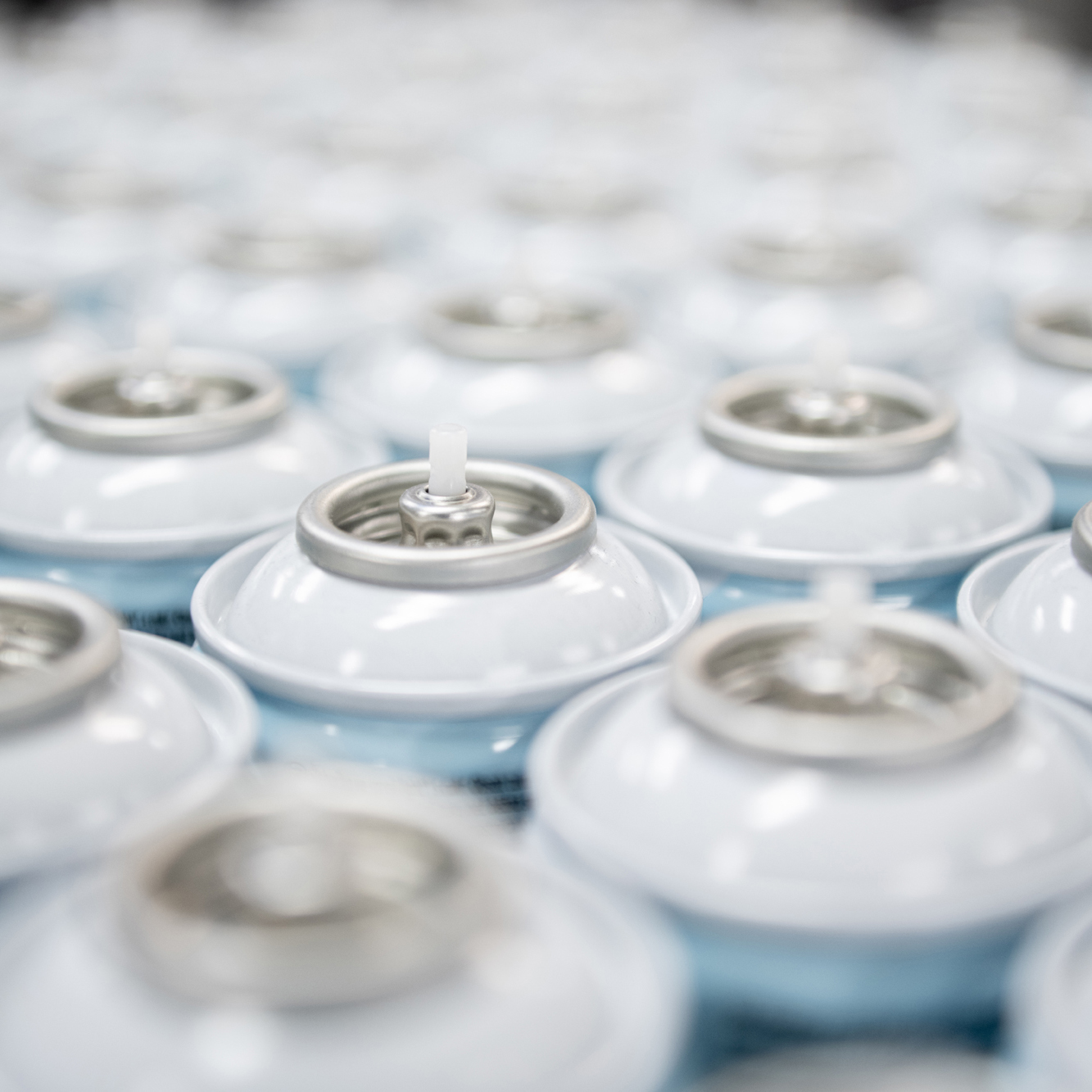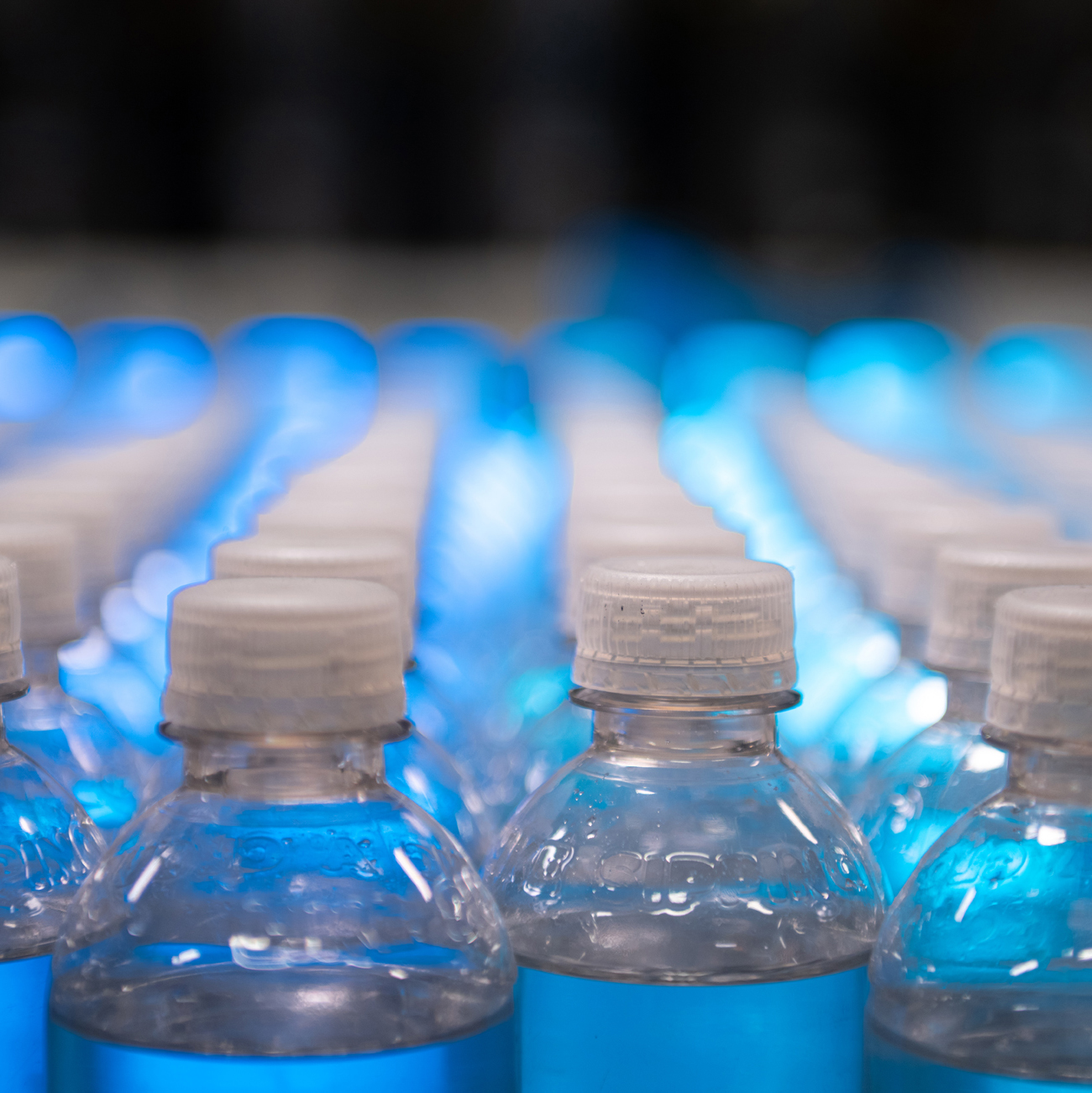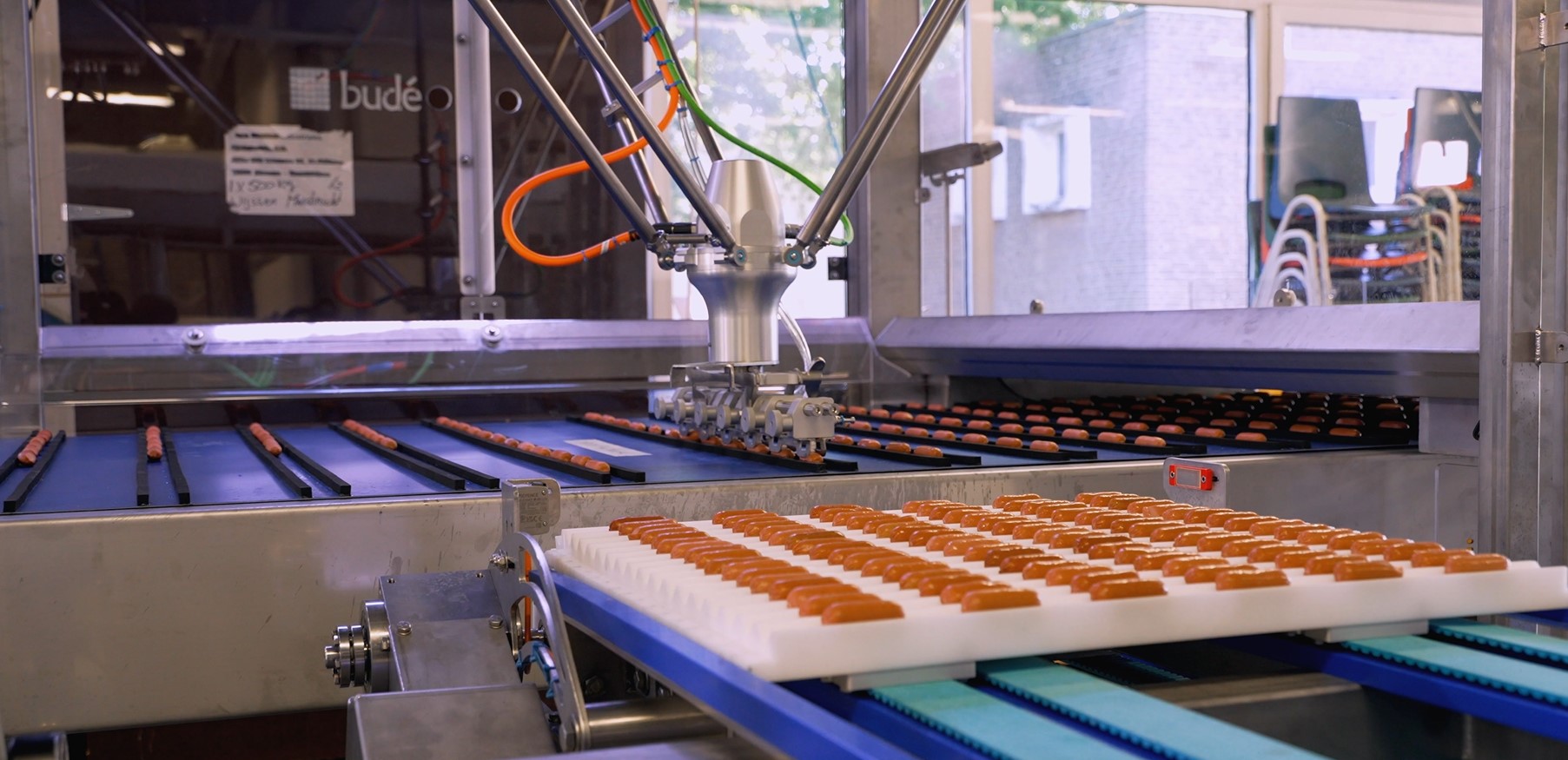The difference between impact gassing and time-over-pressure gasshaking
Over the past weeks, I had the opportunity to conduct numerous tests with clients, and one thing has become clear: our gasshaking technique, a combination of time-over-pressure filling and shaking, is not well-known and often misunderstood. I would like to take this opportunity to explain its advantages and how it differs from the more conventional impact gassing method.
The basics of impact gassing
Impact gassing is a technique where a propellant is injected into an aerosol can at high pressure, often exceeding 35 bar. The goal is to quickly fill the can with the desired volume of gas, liquid or compressed gas. However, this approach comes with challenges, especially when working with compressed gases like CO2. Here is why:
- Risk of buckling:
The sudden injection of gas at high pressure can cause the can to deform or buckle, posing a safety risk. - Limited gas absorption:
With impact gassing, the gas primarily fills the free space in the can (the headspace), forming a layer above the liquid product. Some gas may dissolve into the liquid due to the turbulence caused by the gassing process via the dip tube, but this effect is minimal. The final product pressure only becomes clear days after the filling process, once the absorption process is completed. This absorption of gas into the product makes the use of impact gassing as gassing technology for gasses like CO2 less appealing, as the product performance with impact gassing is not always consistent or optimal.
Where liquid impact gassing excels
This method is particularly suitable for liquid gases, which during usage naturally vaporize in the can’s headspace and maintain a constant pressure.
Time-over-pressure gasshaking: a game-changer for compressed gases
For compressed gasses like CO2, impact gassing is less effective due to its inability to fully utilize the gas’s dissolving potential in the actual product. Our time-over-pressure filling and shaking technique addresses these limitations and unlocks the full potential of compressed gasses. Here is how:
- Controlled gas injection:
Instead of injecting gas all at once, time-over-pressure gradually introduces gas into the can, keeping the pressure below the critical buckle threshold. This controlled approach ensures safety and prevents damage to the can. - Enhanced gas absorption:
Shaking the can during the gas injection process increases the surface area contact between the gas and the liquid, allowing the gas to dissolve effectively in the product. This combination of gradual filling and shaking ensures that more gas is absorbed into the product leading to superior product performance with a compressed gas. - Precision gassing:
Unlike impact gassing, which relies on headspace pressure, time-over-pressure measures the actual grams of CO2 added. This is crucial for achieving consistent product performance. Using advanced tools like mass flow sensors, a gas filling accuracy of ±0.1 grams can be reached.
Practical applications and results
The versatility of time-over-pressure gasshaking makes it suitable for a wide range of products. Over the past few months, we’ve conducted tests on various aerosol applications, and the results have been outstanding. Some highlights include:
- Cleaning Products
- Households: insecticides
- Industrial Products: brake cleaners, penetrating oils
- Cooking Sprays: olive oil, baking sprays, BBQ sprays
- Cosmetics: hair sprays, hair mousses
- Specialized Applications: pepper sprays and products using CO2 as the sole propellant.
Each test reinforces the benefits of our technique. Clients are often surprised by how well the products perform, sometimes exceeding expectations to the point where we need to reduce the gas dosage for optimal results. For instance, a product’s spray power can become so strong that less gas is actually needed.
Why CO2 in combination with time-over-pressure gasshaking is the future of aerosol
Based on our extensive testing, I am convinced that CO2 is the future of aerosols. It is a sustainable, efficient, and versatile propellant that works beautifully with our gasshaking technology. Time-over-pressure filling and shaking allows us to safely and effectively harness CO2’s potential, delivering exceptional product performance while supporting environmental goals.
If there is one takeaway from all of this, it is that time-over-pressure filling and shaking is the keyword. It is the technique that is redefining what is possible with aerosols - and it is the solution the industry has been waiting for.





